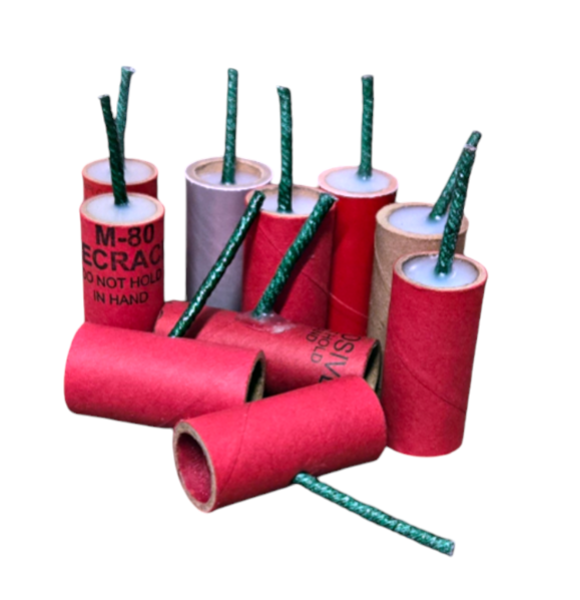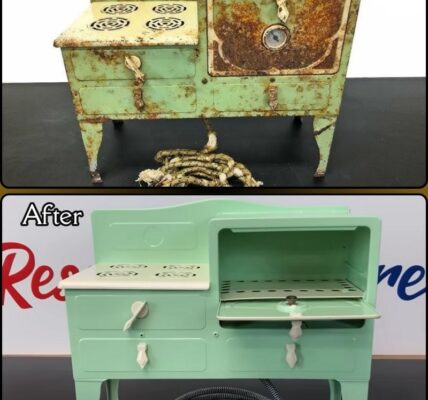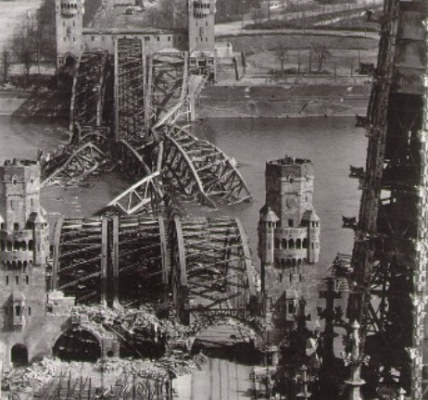M-80s are a class of large, powerful firecrackers that originated in the United States. Initially created in the mid-20th century for the U.S. military, they were used to simulate explosive sounds during training exercises, mimicking artillery fire. The “M” in M-80 follows the military naming convention for “standard” equipment, while the “80” refers to the 80 grains (5.2 grams) of flash powder they contain.
Constructed from small cardboard tubes, typically about 1.5 inches (3.8 cm) long with a fuse emerging from the side, M-80s are often associated with their bright red color. Over time, M-80s transitioned from military devices to consumer fireworks, though with a reduced charge for safety. The consumer version contains around 45 grains (3 grams) of flash powder—about half of the original military-grade amount.
Let’s delve into the details of their construction, legal status, and the myths surrounding these iconic firecrackers.
Design and Composition of M-80s
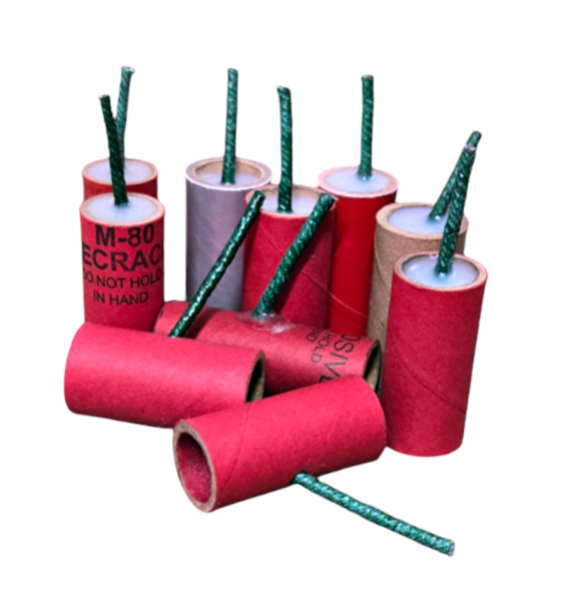
M-80s are made up of a few key components that make them both powerful and hazardous:
- Cardboard Tube: The primary casing, which contains the flash powder, measures roughly 1.5 inches in length and about 9/16 inch in internal diameter. This design helps amplify the sound of the explosion.
- Flash Powder: The explosive material inside an M-80 is flash powder, which is a mixture of metal powder and oxidizer. It ignites rapidly, creating the loud “bang” that these firecrackers are known for.
- Fuse: The fuse, commonly a Visco fuse, is a slow-burning ignition mechanism that allows for a delay between lighting and detonation. It’s typically positioned on the side of the M-80 to provide enough time for safe handling before the explosion.
These components contribute to the firecracker’s reputation as one of the most powerful consumer-grade explosives. However, due to their potential dangers, M-80s are subject to strict regulations worldwide.
Legality of M-80s: Restrictions Across the Globe
The legal status of M-80s varies by country, with strict regulations to prevent misuse and ensure public safety.
M-80s in Canada
In Canada, M-80s are outright illegal. This means that importing, possessing, transporting, storing, or manufacturing them is prohibited by law. Canadian authorities enforce this ban rigorously, and violators can face heavy penalties.
M-80s in the United States
M-80s were regulated in the United States following several incidents of property damage and injuries caused by unregulated fireworks. Here’s a brief overview of the regulations:
- Federal Hazardous Substances Labeling Act (1966): This act led to tighter controls over consumer fireworks, aiming to protect the public from the risks associated with powerful explosives like M-80s.
- Child Protection Act of 1966: With support from the Consumer Product Safety Commission (CPSC), this act further established policies to regulate M-80s as ground-based consumer fireworks. The Bureau of Alcohol, Tobacco, Firearms and Explosives (ATF) enforces these regulations.
- Current Federal Regulations: In 1975, regulations limited all consumer fireworks to a maximum of 50 milligrams of flash powder, down from the previous limit of 200 milligrams. As a result, M-80s with more than 50 milligrams of flash powder require a federal explosives license for possession.
- Permitted Uses: While restricted for general public use, M-80s may be distributed by officials to farmers as a tool to scare away wildlife that threatens crops.
Fake M-80s: How They Differ from the Real Ones
Many legal consumer firecrackers are marketed to resemble M-80s, using names like “M-80 Firecracker,” “M-8000,” or other variations. Despite their similar appearance, these imitations are significantly different from authentic M-80s:
- Reduced Flash Powder: Legal versions contain only up to 50 milligrams of flash powder—considerably less than the 5.2 grams found in genuine M-80s.
- Construction Differences: Fake M-80s often have a plaster-filled shell, a small powder capsule, and plastic end caps. Authentic M-80s, in contrast, have paper end caps, a fuller powder charge, and higher potential for damage.
- Fused Placement: In genuine M-80s, the fuse is positioned in the middle of the tube, while fake versions sometimes feature a fuse protruding from the ends, contributing to their misleading appearance.
Myths About M-80s: Separating Fact from Fiction
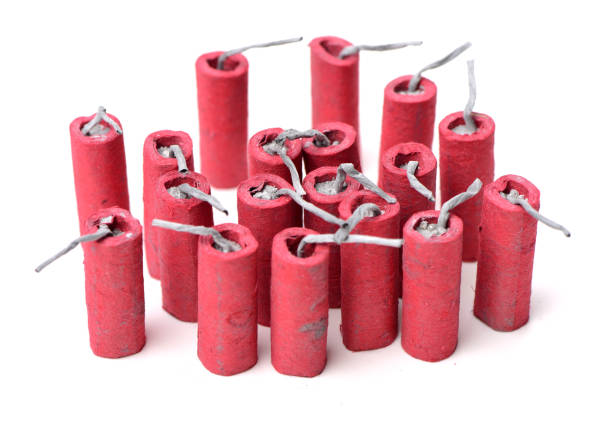
M-80s have been the subject of numerous myths over the years, some of which have contributed to their dangerous reputation. Let’s debunk a few common misconceptions:
- Myth 1: M-80s Are Equivalent to Dynamite
- Fact: M-80s are often mistakenly thought to be as powerful as a quarter-stick of dynamite, but this is far from true. Dynamite contains nitroglycerin-based high explosives, while M-80s use flash powder, a lower-grade explosive. The two cannot be compared in terms of power or impact.
- Myth 2: All M-80s Are Illegal
- Fact: While real M-80s exceed the legal limit for consumer fireworks in the U.S., they can still be possessed legally by individuals with the proper federal explosives license. Additionally, variations with lower powder levels are available, though these do not offer the same explosive impact.
- Myth 3: M-80s Are Safe if Handled Carefully
- Fact: Even experienced handlers can face significant risks when using M-80s. Their powerful explosion can cause severe injuries, including burns, lacerations, and hearing damage, making them unsafe for casual handling.
Safety Concerns: Why M-80s Pose Serious Risks
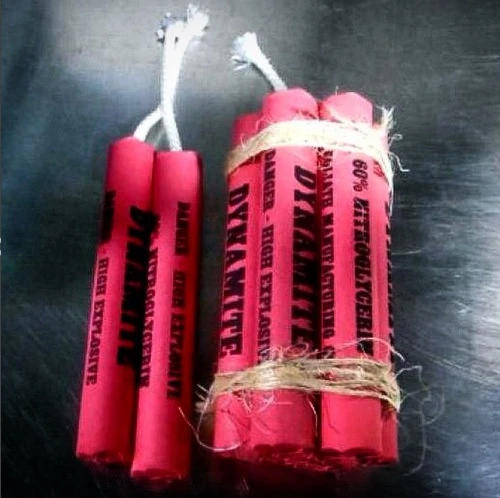
The powerful nature of M-80s makes them inherently dangerous. Here are some of the risks associated with their use:
- Severe Injuries: Due to the high amount of flash powder, M-80s can cause devastating injuries, including loss of fingers, hearing damage, and eye injuries.
- Unpredictable Explosions: Faulty fuses or handling errors can lead to premature detonation, increasing the risk of injury.
- Legal Consequences: Possessing M-80s without a federal license can lead to significant legal repercussions, including fines and imprisonment.
Conclusion: The Powerful Legacy of M-80s
M-80s have a storied history, transitioning from military training tools to controversial consumer fireworks. While they are undoubtedly powerful and iconic, their potential dangers have led to strict regulations and limitations worldwide. As with any explosive device, safety should be the top priority, and handling should be left to licensed professionals.
Whether you’re a fireworks enthusiast or just curious about pyrotechnics, understanding the risks and regulations surrounding M-80s can help ensure that fun doesn’t turn into tragedy. Always respect the power of explosives and the laws designed to keep you safe.
